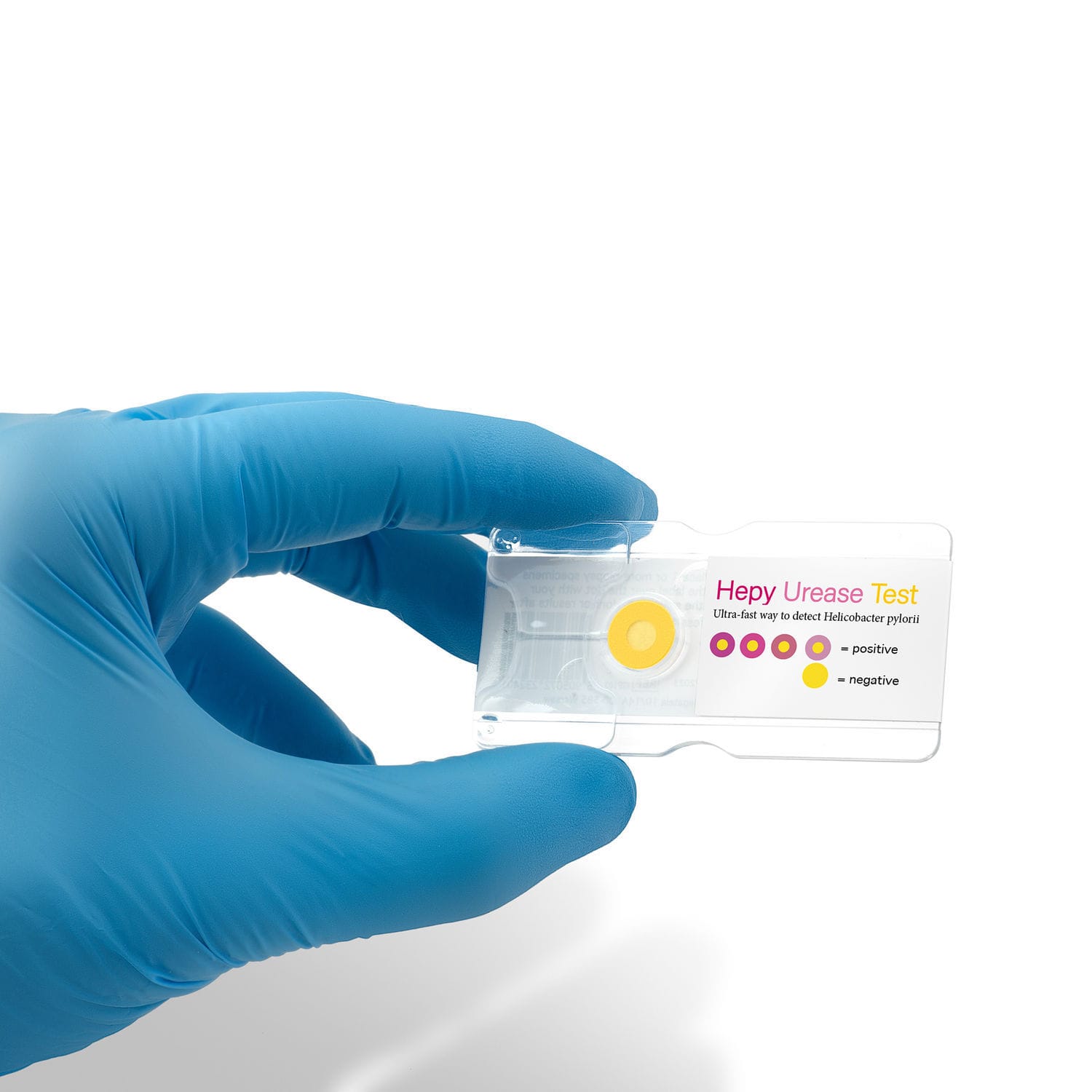Urease testing is often required for patients with Helicobacter pylori (H. pylori). Because the urea in the urine sample can be transformed to ammonia and bicarbonate, this test will attempt to determine whether it is raising the pH of the surrounding environment.
Since 1986, Jant Pharmacal has started conducting this test in their high-tech laboratory and providing their test results to various labs in the USA and many other countries. The competent laboratory staff of this lab offers this rapid urease test service to diagnose patients’ ailments.
This test is needed for a patient who may be suffering from several types of disorders such as:
- Gastritis
- Ulcers
- Esophagitis
- Duodenitis
- Stomach cancer.
Often, doctors may suspect that their patients are suffering from any of the above issues, and hence, they need to get the report of urease test to confirm the ailment.
They may also try to find the issue by performing an upper endoscopy, which needs a small amount of stomach wall. However, to confirm their suspicion, they will need the lab report of the urease test.
While conducting endoscopy, patients have to be prepared by keeping fast for a minimum period of 8 hours, and they must also avoid antacids. This method is, however, quite fast, and the patient will also not suffer any pain.
While testing, the gathered tissue is put in a vial with a pH indicator and urea. The test is deemed positive, and an H. pylori infection is confirmed if the medium turns yellow to pink or red within a matter of minutes.
The following urease-producing microorganisms can be found in patients undergoing urease testing:

- Staphylococcus saprophyticus
- Proteus species
- Klebsiella pneumoniae
- Staphylococcus epidermidis.
It will be confirmed that the patient has no such problems if the urease test does not reveal the aforementioned urease-producing bacteria. Only a positive result will need further treatment.
It is necessary that the test be conducted within 24 hours only to get accurate results from this urease test. Otherwise, the sample may deteriorate and produce false results. Usually, such a test is also conducted by taking the samples of gastric biopsy, which can also detect a few other organisms as follows:
- Yersinia
- Brucella
This test also has two different forms such as:
- Stuart’s urea broth test
- Christensen’s urea agar test.
Both entail introducing bacteria into a medium and watching for color shifts that signify urease activity.
Proteus species, for instance, create urease quickly, turning the medium pink, but Klebsiella, which produces urease more slowly, may take longer. If no change in color is observed, then the test is treated as negative.
Urease testing can be used to detect Proteus and Klebsiella species, differentiate between Candida and Cryptococcus yeasts, and even detect Brucella in addition to H. pylori. The urea breath test is another non-invasive method that has a high level of sensitivity and specificity for detecting H. pylori.
In conclusion, the urease test is crucial for diagnosing stomach infections, especially those brought on by H. pylori, and it can also guide effective treatment strategies to prevent further issues.













